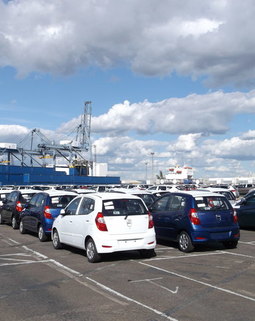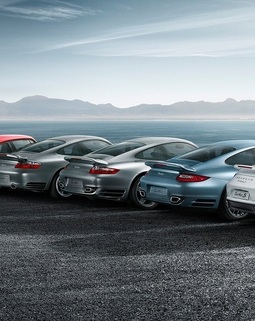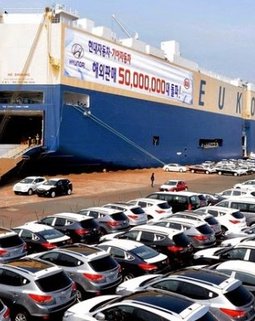The government of Zimbabwe is planning to ban second hands cars importation in a bid to stimulate growth in the local motor industry. Zimbabwe incurs an average of $45477 million annually in foreign currency in import of used cars.
The government recently launched the Zimbabwe Motor Industry Development Policy (ZMIDP) that lobbies for the importation ban of second-hand cars. ZMIDP, whose main objective is to promote the growth of the local motor industry, is set to be in play up to 2030. Zimbabwe’s domestic motor industry has seen a reduction of units sold from 20,000 in 1997 to less than 3154 units sold in 2017. This is a 12.54% annual drop in sales. This was due to the competition from cheaper second-hand cars and the economic nosedive experienced between 2000 and 2017.
The local motor industry has a re-establishment advantage as there already two operational assembly plants and two bus manufacturers. The, however, requires high capital investments to kick-start production. With the potential 40% market for locally manufactured cars, ZMIDP seeks to unlock the value chain in the local industry. This is by dealing with the two major problems facing the sector which are increased second-hand cars and high capacity of local players.
Zimbabwe lacks restrictions and controls over the importation of used cars. A majority of individuals and small independent dealers can easily import second-hand vehicles. Over the years, used imported vehicles have grown by 87.45% every year. ZMIDP has introduced the ‘Shipment Inspection Policy’ whereby incoming cars will be inspected for their infrastructural and mechanical states. Failure to meet the threshold will result in a block from entering the country.
ZMIDP will also expand surtax on all imported vehicles. A person will be charged 45% on duty, 35% in surtax for cars older than five years and 15% in value-added tax. These are expected to be in play soon after the parliament approves them. Importation of used vehicles increased when the government reduced import duties on entirely built units (CBU) between 2000 and 2017.
According to the president of Zimbabwe Motor Industry Association, Simplisio Shamba, the 2030 vision of ZMIDP gives enough time for local industries to acquire the necessary funding to start operations. Mr. Shamba said that the new locally manufactured vehicles would also be recycled therefore making them affordable to the masses. He said that the government would make all parastatals and government agencies to acquire new cars from the local industries.
ZMIDP proposes five strategies to promote growth in the local motor industry: control of importation of used cars; import of completely knocked down and semi-knocked down (SKD) units; categorization of local motor industry; government funding; and addressing the local motor industry value chain. The government will carry out education campaigns on locally manufactured vehicles, provide transport incentives for local assemblers and provide tax incentives for locally produced cars.





